SCiMMA
Scalable Cyberinfrastructure to support Multi-Messenger AstrophysicsAbout SCiMMA
The goal of the Scalable Cyberinfrastructure to support Multi-Messenger Astrophysics (SCiMMA) project is to identify needed technical infrastructure through community engagement efforts, and then support these requirements by developing the required cyberinfrastructure and software systems. SCiMMA development projects draw on collaborations among astronomers, computer scientists, and data scientists.
Scimma also facilitates the exchange of information relevant to Multi-Messenger Astronomy by hosting the the OpenMMA forum, which is open to all.
Multi-Messenger Astrophysics (MMA) signals are often transient, originating from distinct celestial events, making a rapid response to an MMA event a key capability, The response may include a fast analysis by a distributed science group; assembly of historical observations; determining the instruments available for new, prompt follow-up observations; instantiating the observations; and resolving conflicting requirements for similar observations from multiple science groups.
SCiMMA is working to provide interoperating cyberinfrastructure to rapidly coordinate, combine, and analyze the large-scale distributed data from all these sources. The infrastructure must accommodate public communications (of interest to the community) and protected internal communications (to support work internal to a collaboration).
The collection of SCiMMA services increasingly satisfy the community's needs for Cyberinfrastructure. The OpenMMA forum provides an additional venue to assess progress and needs.

Where to Start
A group of practicing scientists, interested in receiving alerts, scheduling follow-ups, follow up data, and messaging in real time, might first look at the quick start with HERMES . HERMES has an intuitive browser interface and integration to other tools, such as the treasure map. An API is available for advanced usage.A facility or group interested in automated operations, and communications using an open or private publish - subscribe capability, might quickstart with HOPSKOTCH . Usage examples include getting SLACK messages when an interesting alert is received, and automated publishing of alerts. Messages can have an arbitrary format, including binary, AVRO, VoEvent and JSON. Large messages, such as spectra are allowed. Some programming required.
Blast is a web app for the automatic real-time characterization of transient host galaxies, and developed by the UCSC transient team, and SCiMMA. .
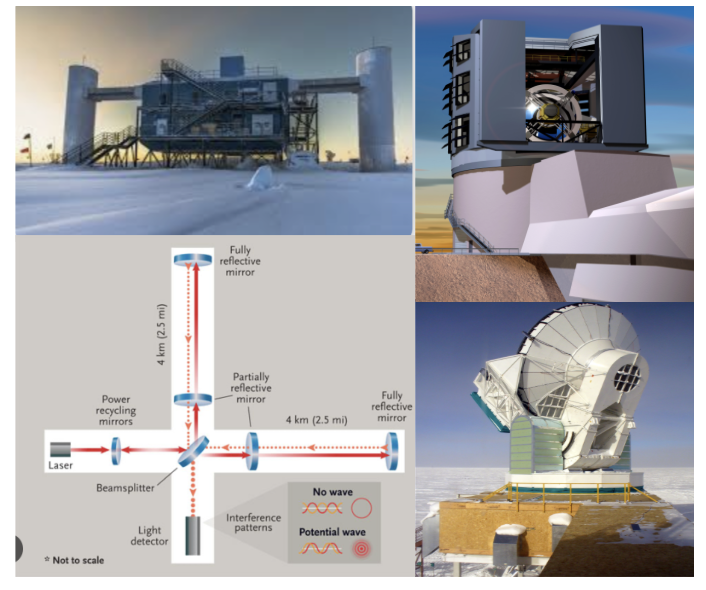
Open MMA
OpenMMA is a community forum for discussion of multi-messenger astrophysics(MMA). Topics include latest scientific results, the status of the ongoing and upcoming observatories and experiments (including the LIGO-VIRGO-Kagra (LVK) Gravitational Wave network, IceCube, SNEWS, AMON, ground-based observatories, spacecraft etc), the infrastructure to connect these facilities, and any other issues pertinent to the detection and characterization of MMA sources. OpenMMA replaces and broadens the scope of the OpenLVEM forum.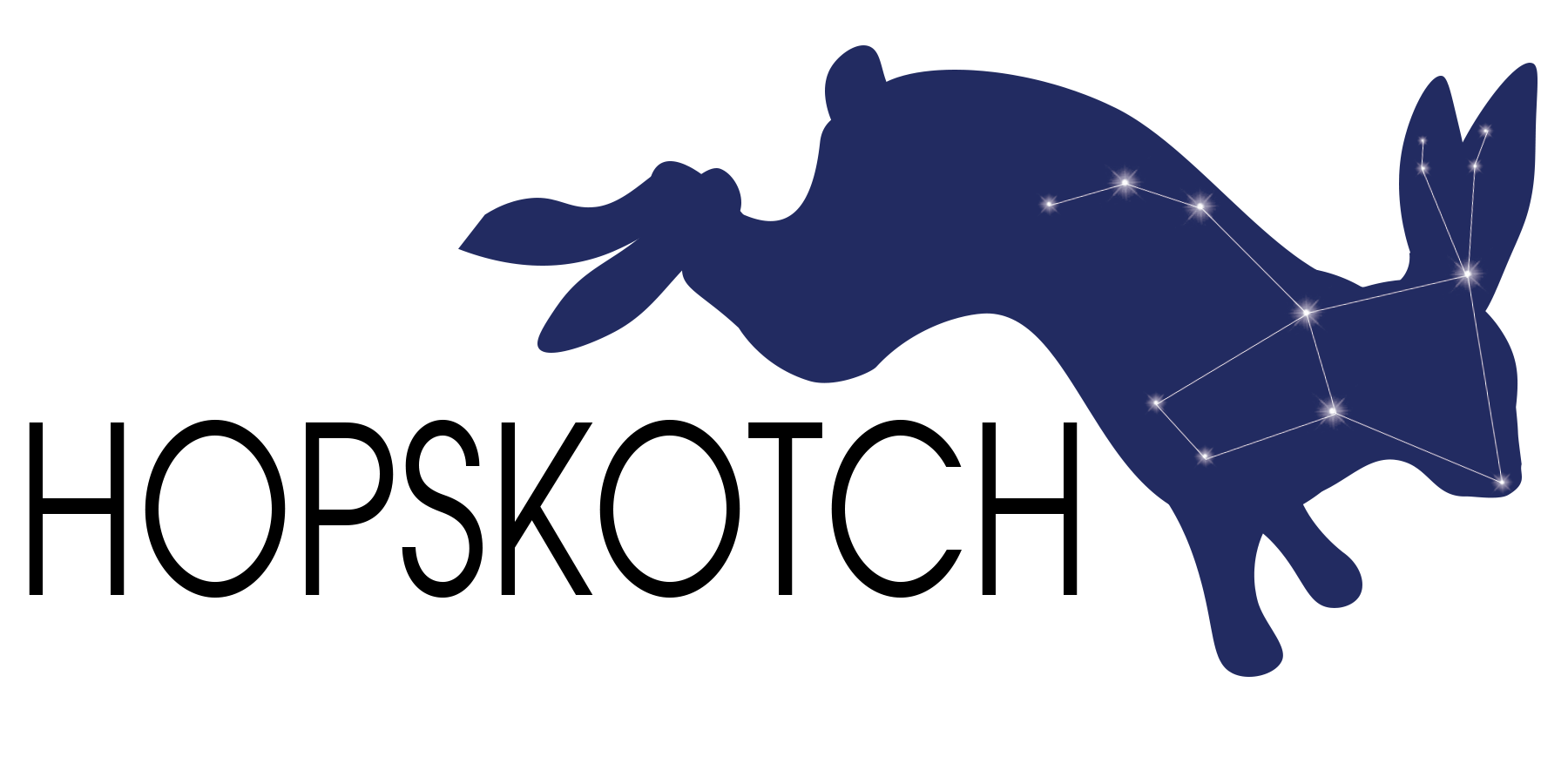
Hopskotch
Hopskotch is a service providing a publish-subscribe and archive capability for Multi-Messenger Astronomy. The pub-sub system is based on the Apache Kafka software. Accounts allowing a person to access the Hopskotch service are freely available to the community. Anyone with an account, which can be simply created from your institutional or google login: here to get credentials, subscribe to public topics, and apply for access to private topics. Messages are held within Kafka for 30 days. Messages may be optionally archived for long term retention. A Large Message Offload Extension supports messages larger than those normally supported by Kafka, for example, messages containing spectra. Hopskotch carries messages of an arbitrary format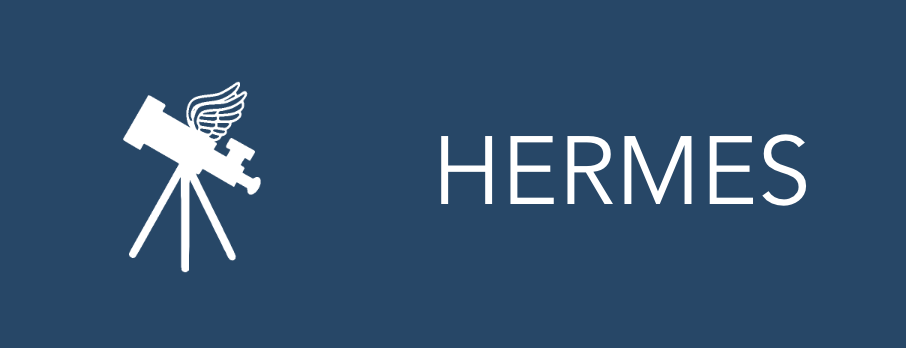
HERMES
The Hopskotch-Enabled Realtime Message Exchange Service (HERMES) is designed as a web interface to Kafka streams for time domain and multi-messenger astronomy. The page offers both a graphical front end and an API for interacting with the streams, eliminating the need to install software to set up Kafka connections locally. Hermes allows the community to view messages from diverse sources, including Hopskotch, GCN, and TNS. HERMES also provides a minimal format for common message types, such as reporting photometry and spectroscopy, so the messages can be automatically parsed and ingested into other systems, e.g., Target of Opportunity Managers(TOMs).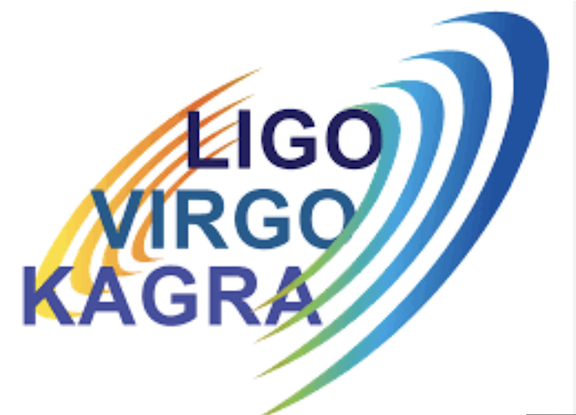
LVK04 - Summary of the LVK 04 run and preparations for an LVK science run in 2026.
LVK published alerts on the igwn.gwalert, igwn.gwistat.H1.range_history, igwn.gwistat.L1.range_history, igwn.gwistat.K1.range_history topics.SCIMMA has archived LVK alerts from run04. igwn.gwalert is available through HERMES. All public topics are available via API calls to the SCiMMA Archive server. You don't need to authenticate or have a SCiMMA account to access archived public_topics.
SCiMMA anticipates publication of new alerts in the upcoming science run. SCiMMA also continues to support LVK's use of private topics during the upgrade period and through the upcoming science run as LVK systems are evolved and produce discoveries in the upcoming run.
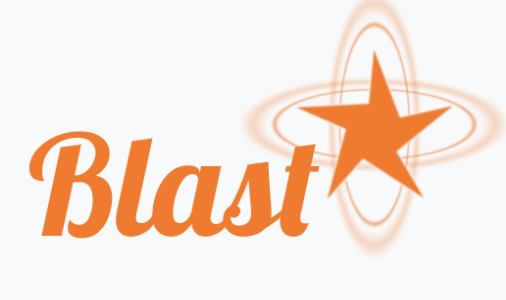
BLAST
Blast is a public web application built to provide information in real-time for every new transient reported to the International Astronomical Union (IAU). 1) determine the transient's host galaxy, 2) identify the available archival data, 3) measure the resulting host galaxy star formation rates, masses, and stellar ages.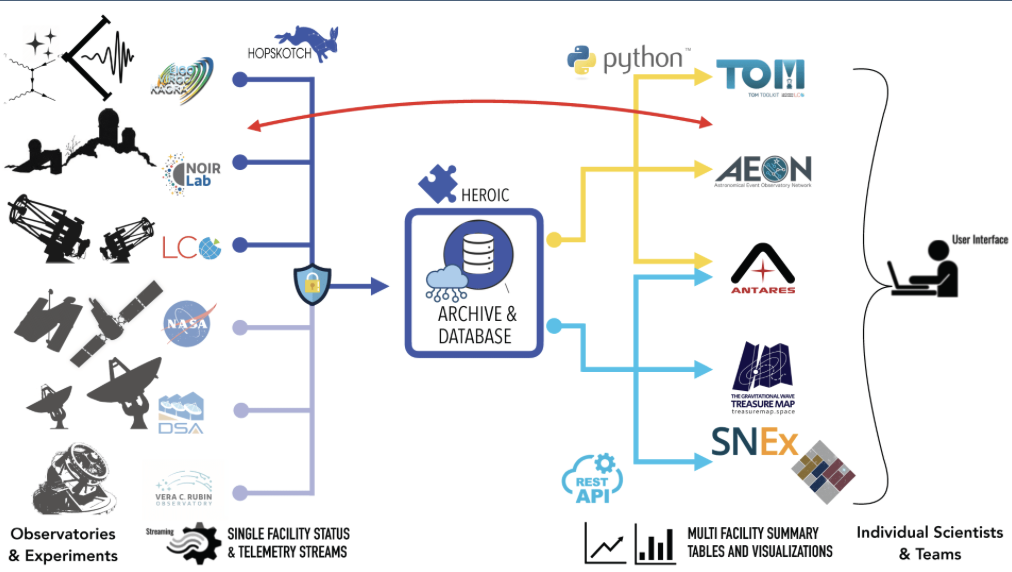
HEROIC
The Hop-Enabled Real-time Observatory Information and Coordination (HEROIC) is a new SCiMMA-led project to help coordinate Target of Opportunity observations between different groups. HEROIC's core features include:* Display the status (current and planned) of major national facilities for follow-up in one place, both current and planned.
* Quickly filter to facilities of interest/to which user has access.
*Connect to Target and Observation Manager (TOM) Toolkit to make it simple to submit observing requests.
The HEROIC project is a collaboration between researchers and programmers at the University of Illinois, Urbana-Champaign, NSF's NOIRLab and the Las Cumbres Observatory. A prototype interface will be available here ,